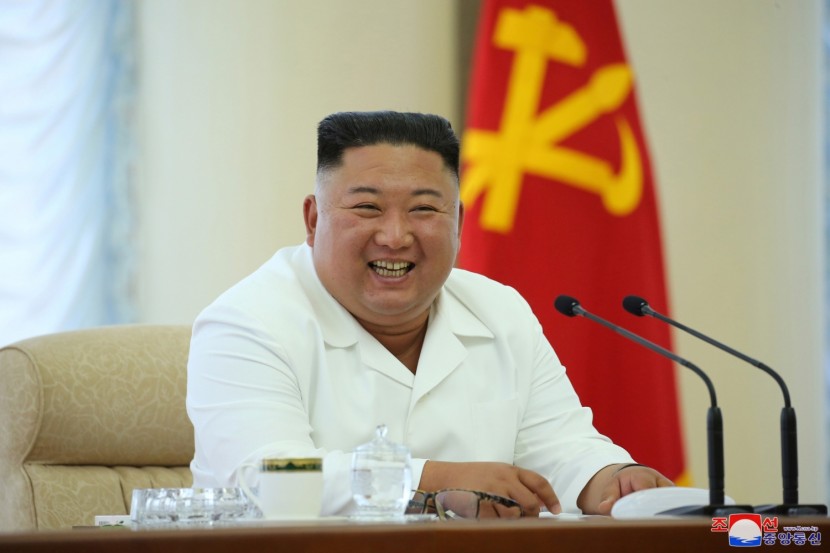
In May of last year, more than 100 ships were noticed by Lauren Sung and Lucas Kuo crowding in the waters near Haeju, North Korea.
Sung and Kuo, analysts of the Washington-based Center or Advanced Defense Studies (C4ADS), the one investigating and analyzing the security issues with the use of large data, keep track of the North Korean waters traffic and other places or areas of Northeast Asia.
According to CNN, Since Pyongyang has been inculpated of selling coal and other valuable goods, sometimes in extremely large amount, on the high seas to avoid the custom officers, who must impose sanctions of United Nations on North Korea, keeping an eye on this matter has been a part of their work. North Koreans reportedly move from one ship to another their goods at sea and fabricate about their true origins, instead of moving the goods into a port before bartering.
They are designated to be both discreet and fast, and usually include a small quantity of ships. But dozens of mysterious ships are seen by Sung and Kuo sailing to North Korea.
Allegedly, millions of dollar worth massive operation involving 279 ships are seen skirting international sanctions on North Korea.
But these ships were reportedly not being used for dealing drugs, offloading counterfeit cash, running guns, or even trafficking of endangered species, which North Korea is known for. Apparently, the ships were not carrying coal, which is known to be the most profitable export of Pyongyang.
The ships were being utilized for dredging and transporting of sand. It seemed safe, but under the United Nations sanctions passed in December 2017, North Korea is prohibited from exporting earth and stone. It is a violation of international law to trade sand coming from North Korea.
Risk Screen reported that UN investigators stated that using a substantial sand-export operation, North Korea was able to rake last year at least $22 million. The panel of experts on North Korea was provided by an unnamed country, as the investigators of the case are known, with intelligence arguing that one million tons of sand were sent by Pyongyang abroad from May 2019 until the end of the year.
The strategy was included in the annual report of the panel. According to Alastair Morgan, the coordinator of the UN panel that keeps track of the sanctions on North Korea, the authors of the reports decided the significance and the large scale of the operation warranted top billing.
C4ADS' data were not cited by the UN report. Morgan claimed that in February his team submitted their draft before Sung and Kuo published their research in March.
Sung and Kuo observed the ships for a number of weeks before they noticed a pattern. All of those appearing in the waters of North Korea had a connection to China. Some have Chinese flags while the others had Chinese names.
Sung uttered plenty of reports that were found from the early 90s to present indicating that North Korea has always been exporting sand to a lot of its neighboring countries.
Moreover, Sung said it now appeared there was an alert effort to do this under the radar.
© 2025 HNGN, All rights reserved. Do not reproduce without permission.








